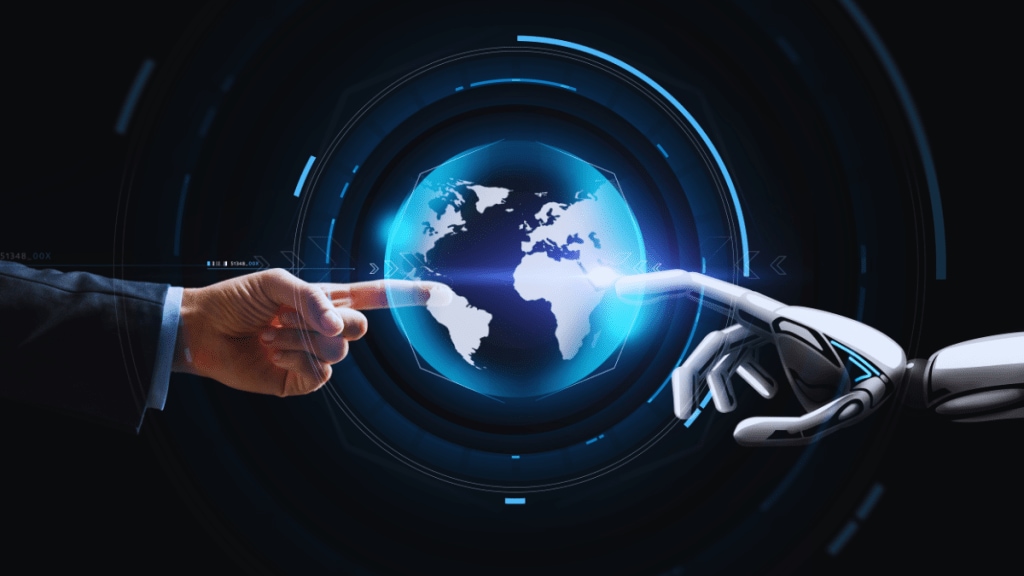Artificial intelligence is no longer a sideshow in the enterprise. It is moving from labs to boardrooms, forcing companies to create new leadership roles that can make adoption both real and responsible.
Much like the IT revolution of the 1980s, which spawned chief information officers and system administrators, the AI wave is producing its own cadre of leaders, that is people who must integrate technology into strategy while safeguarding oversight.
Corporates elevate AI to the boardroom
The shift is visible at global banks, technology majors and conglomerates. JP Morgan Chase, for example, has moved its AI and data function out of the technology division to report directly to CEO Jamie Dimon and the bank’s president. “We took AI/data out of technology. It’s too important,” Dimon said recently. The bank spends $2 billion of its $18 billion IT budget on AI, with more than 600 use cases across the enterprise.
Closer home, Tata Consultancy Services (TCS) has set up a dedicated AI and Services Transformation unit from September 1, led by Amit Kapur as chief AI and services transformation officer, reporting to executive director and COO Aarthi Subramanian. In her memo to employees, Subramanian said the unit is central to TCS’s strategy of becoming a future-ready organisation. It will pull together existing AI teams, cut across service lines, and focus on reimagining client propositions, partnerships and rapid innovation.
Reliance Industries too has planted its flag with Reliance Intelligence, a new AI subsidiary announced at its annual general meeting. CMD Mukesh Ambani said the unit will build gigawatt-scale, AI-ready data centres powered by green energy, “engineered for training and inference at national scale”.
New leadership roles and oversight needs
Experts say such moves mark the beginning of a wider trend. Dedicated AI verticals, they argue, will require leaders with a blend of business and technical fluency. “You cannot be in the leadership team of a company today and not know the scope and scale of AI and its use cases,” Sangeeta Gupta, senior vice president at Nasscom said. She added that CXOs are enrolling in global university programmes to sharpen their understanding.
For now, technology companies are at the forefront, but demand is spreading fast. “Leadership profiles related to AI will need professionals who know the enterprise and its working, and also have a grip on the breadth of relevant AI applications and use cases,” Neeti Sharma, CEO, TeamLease Digital, said. She added that companies are more inclined to train existing employees for these roles rather than hire from outside.
The mandates are expanding beyond adoption. “In a rapidly evolving business ecosystem, aligning leadership with AI-led opportunities and potential is critical,” Sachin Alug, CEO at staffing firm NLB Services, said. He cited World Economic Forum data from 2023 which projects that over 75% of companies worldwide will adopt AI within three years. “The onus of catapulting businesses toward innovation-driven strategies rests on leaders who are fluent in AI,” he added.
Demand for roles such as chief AI officer, VP of AI strategy and AI transformation lead has risen 30–35% over the past two years, according to Alug. Alongside them, new oversight functions are also emerging. Companies are hiring responsible AI analysts, ethical AI researchers, risk analysts and data privacy officers. Their work involves tracking evolving regulations, ensuring data security and privacy, and keeping algorithms free of bias.
The balance between automation and human stewardship is evident in how enterprises are approaching AI. An Arctic Wolf report found that 67% of organisations believe AI requires substantial human oversight. More than half plan to upskill teams to manage AI, while 46% expect analysts to shift towards validating AI-generated alerts rather than producing them.
If the personal computer once redefined office roles, AI is now doing the same at the leadership level. Enterprises are not just automating tasks but are appointing human stewards to shape how AI is built, governed and trusted.

